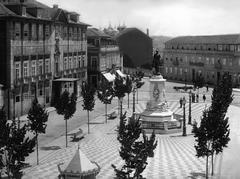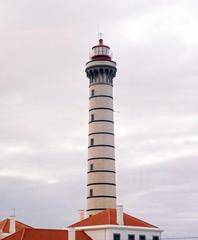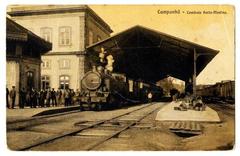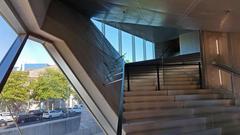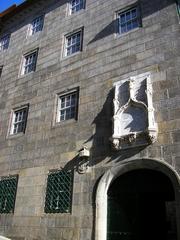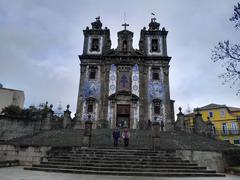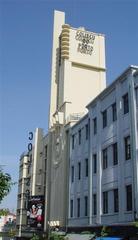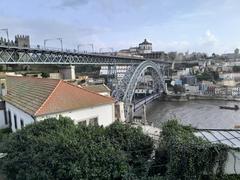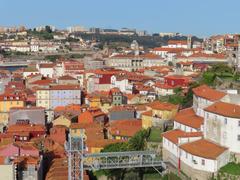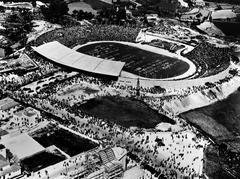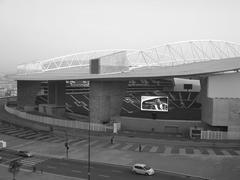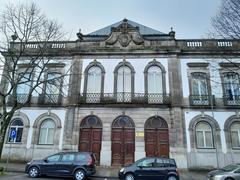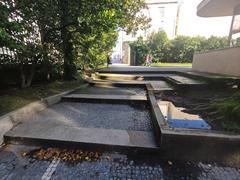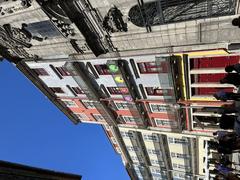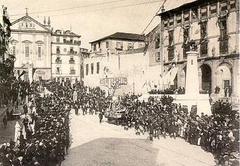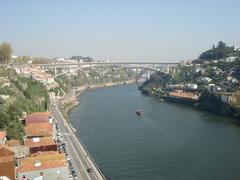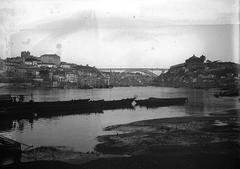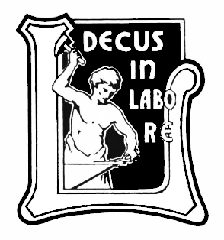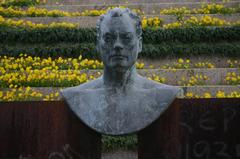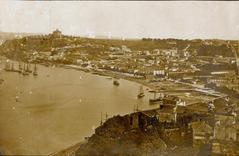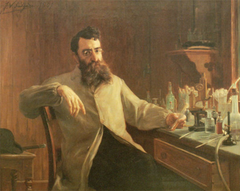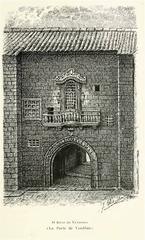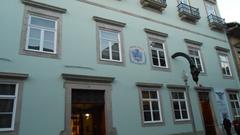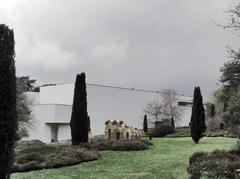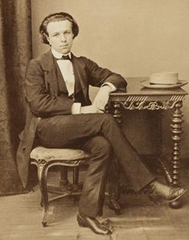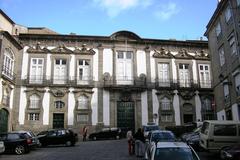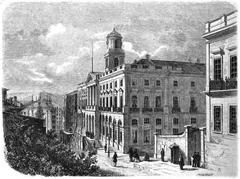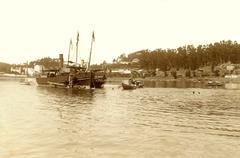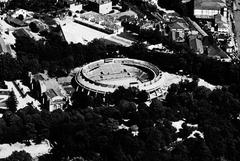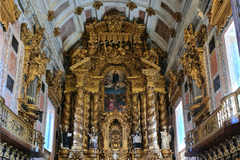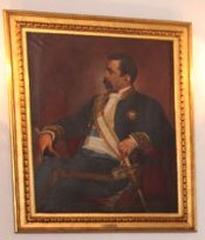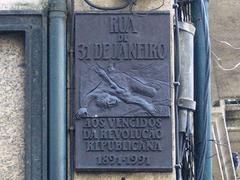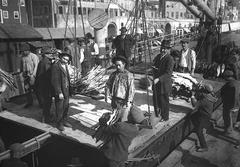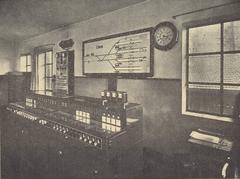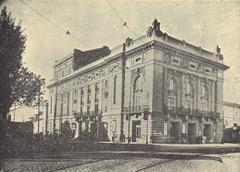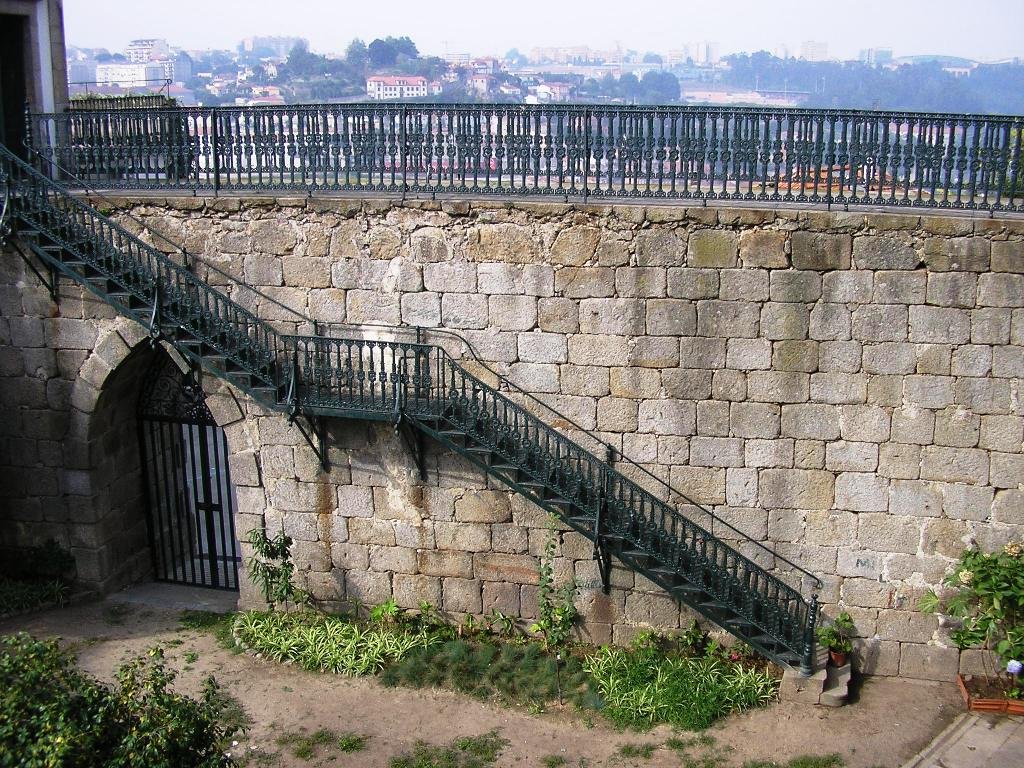
Visiting Muralha Fernandina in Porto: Hours, Tickets, and Tips
Date: 31/07/2024
Introduction
The Muralha Fernandina, also known as the Fernandine Wall, is a monumental historical structure in Porto, Portugal. Erected in the 14th century during the reign of King Ferdinand I, this medieval wall replaced an earlier Romanesque fortification to address the expanding city’s defense needs (Porto Tourism). This comprehensive guide delves into the rich history, architectural significance, and cultural importance of the Muralha Fernandina. Moreover, it provides essential visitor information, travel tips, and insights into nearby attractions, ensuring that you can make the most of your visit. Whether you’re a history enthusiast or a casual traveler, exploring the Muralha Fernandina will offer a profound glimpse into Porto’s medieval past and its enduring spirit (Portuguese Military History).
Table of Contents
- Introduction
- The History of Muralha Fernandina
- Visitor Information
- Nearby Attractions
- Conclusion
- FAQ
- Educational Programs
- Community Involvement
- Future Prospects
- Visit and Stay Up to Date
The History of Muralha Fernandina
Origins and Construction
The origins of the Muralha Fernandina date back to the 14th century, during the reign of King Ferdinand I of Portugal. Construction of the wall began in 1336 and was completed in 1376, addressing the need for enhanced fortifications due to ongoing conflicts and threats from neighboring kingdoms (Porto Tourism).
Architectural Features
The Muralha Fernandina replaced the earlier Romanesque wall, encompassing a larger area to accommodate the growing population. The wall featured multiple gates, towers, and battlements, which were typical of medieval military architecture. Notable gates included the Porta do Olival and Porta de Carros (Porto History).
Strategic Importance
During the 14th century, Porto was a vital commercial hub, and the wall played a crucial role in protecting the city from invasions and raids. The wall’s construction was part of a broader effort to fortify the city, including the development of other defensive structures such as the Castelo do Queijo and the Torre da Marca (Medieval Fortifications).
Modifications and Repairs
Over the centuries, the Muralha Fernandina underwent several modifications and repairs. Additional towers and bastions were added in the 15th and 16th centuries to enhance its defensive capabilities. The wall also saw repairs following various sieges and battles, reflecting the evolving military technologies and strategies of the time (Portuguese Military History).
Decline and Preservation
By the 18th century, the Muralha Fernandina began to lose its military significance due to advancements in artillery and changes in warfare. Parts of the wall were dismantled for urban development, but its historical and cultural value was recognized in the 20th century, leading to preservation and restoration efforts. Today, the Muralha Fernandina is a protected monument (Heritage Preservation).
Archaeological Discoveries
Recent archaeological excavations have uncovered remnants of the original Romanesque wall and artifacts from the medieval period, providing valuable insights into the daily life of the inhabitants and the wall’s role in the city’s defense system (Archaeological Studies).
Cultural Significance
The Muralha Fernandina is a symbol of Porto’s resilience and identity, featured in various cultural and artistic works. It serves as a reminder of the city’s medieval past and its enduring spirit, attracting visitors from around the world (Cultural Significance).
Visitor Information
Visiting Hours and Tickets
Visitors can explore well-preserved sections of the Muralha Fernandina, most accessible near the Ribeira district. The wall is open daily from 9 AM to 6 PM. Tickets can be purchased at the entrance or online, with prices varying depending on the type of tour chosen. Guided tours are available, providing detailed information about the wall’s history and significance (Porto Tourism).
Accessibility and Travel Tips
The Muralha Fernandina offers stunning views of the Douro River and the historic center of Porto. It is recommended to wear comfortable shoes as the terrain can be uneven. For those with mobility issues, certain sections may be challenging to access. Public transportation is available, with several bus and tram lines stopping near the Ribeira district.
Nearby Attractions
While visiting the Muralha Fernandina, consider exploring nearby attractions such as the Porto Cathedral, the Dom Luís I Bridge, and the Palácio da Bolsa. These sites offer additional insights into Porto’s rich history and architectural beauty.
Conclusion
The Muralha Fernandina stands as a testament to Porto’s medieval heritage and strategic importance. By visiting, you can immerse yourself in the history and culture of this remarkable city. Don’t forget to check the visiting hours and book your tickets in advance to make the most of your visit.
FAQ
What are the visiting hours for Muralha Fernandina? The Muralha Fernandina is open daily from 9 AM to 6 PM.
How much do tickets to Muralha Fernandina cost? Ticket prices vary depending on the type of tour chosen. It is recommended to purchase tickets at the entrance or online.
Educational Programs
In addition to guided tours, educational programs are offered to help visitors understand the historical context of the Muralha Fernandina. These programs include workshops, lectures, and interactive exhibits that delve into the wall’s construction, its role in medieval society, and its preservation. Schools and universities often collaborate with local historians and archaeologists to provide students with hands-on learning experiences (Educational Programs).
Community Involvement
The preservation of the Muralha Fernandina is a community effort, with local residents playing an active role in its upkeep. Community organizations and heritage groups regularly organize clean-up events, fundraising activities, and awareness campaigns to support the wall’s maintenance. This community involvement ensures that the Muralha Fernandina remains a cherished landmark for both locals and visitors alike (Community Involvement).
Future Prospects
Looking ahead, the future of the Muralha Fernandina appears promising. Plans are in place to further enhance the visitor experience through the development of new interpretive centers, virtual reality tours, and augmented reality applications. These innovations aim to bring the history of the wall to life, making it more accessible and engaging for a global audience. The continued preservation and promotion of the Muralha Fernandina will ensure that it remains a vital part of Porto’s cultural landscape for years to come (Future Prospects).
Visit and Stay Up to Date
For more updates on the Muralha Fernandina and other historical sites in Porto, download our mobile app Audiala, check out other related posts on our website, or follow us on social media.
References
- Porto Tourism, 2024, Porto Tourism source url
- Porto History, 2024, Porto History source url
- Medieval Fortifications, 2024, Medieval Fortifications source url
- Portuguese Military History, 2024, Portuguese Military History source url
- Heritage Preservation, 2024, Heritage Preservation source url
- Archaeological Studies, 2024, Archaeological Studies source url
- Cultural Significance, 2024, Cultural Significance source url
- Porto Walkers, 2024, Porto Walkers source url
- Porto Metro, 2024, Porto Metro source url
- Porto Weather, 2024, Porto Weather source url
- Sé Cathedral, 2024, Sé Cathedral source url
- Ribeira District, 2024, Ribeira District source url
- Dom Luís I Bridge, 2024, Dom Luís I Bridge source url
- madaboutporto.com, 2024, madaboutporto.com source url
- nomads-travel-guide.com, 2024, nomads-travel-guide.com source url
- allaboutportugal.pt, 2024, allaboutportugal.pt source url
- Future Prospects, 2024, Future Prospects source url

